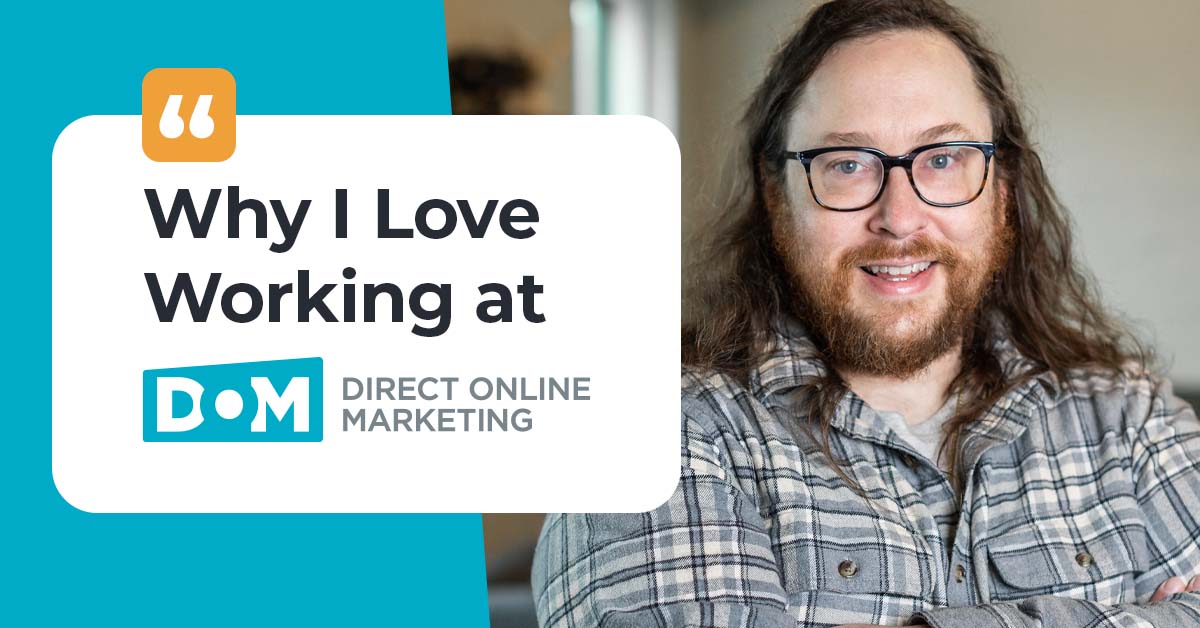
Content Marketing is one of the most crucial pieces of Inbound Marketing. So it’s no surprise that businesses are flocking toward content. We see it every day – businesses know they want to have a content marketing strategy…but they have no idea where to start.
Well, here are the main steps that we walk our clients through to create a content marketing strategy that’s not just for show – it actually works.
1. Identify Your Objectives
What do you want your content marketing strategy to achieve for your business? Your content can help you achieve any number of objectives:
- Lead generation
- Brand awareness
- Improved SEO
- Email subscribers
- Increased website traffic
- Delighting your existing customers
These are just some examples. It’s up to you to decide which objectives are best achieved through content.
2. Lay Out Your Key Metrics
Alright, so you know what objectives you want to achieve. Now you need to think about how you’re going to show all those non-believers out there that your content marketing strategy is working. Planning ahead – it’s key. So, decide in advance what key metrics will show that you’re achieving your objectives.
- Lead generation – conversion rate, CPA (cost-per-acquisition)
- Brand awareness – shares of your content, social media mentions, traffic to your content, impressions, etc.
- Improved SEO – organic search traffic
- Email Subscribers – opt-ins, opt-in rate
- Increased website traffic – sessions, clicks, CTR (click-through-rate)
- Delighting your existing customers – impressions/reach, clicks, CTR, engagements
Important: You know what your objectives are. You know how to measure them. Make sure you make it possible – and easy – for your customers to do what you want them to. If your objective is to increase email subscribers and you need to report to your boss how many opt-ins there were this month…you better have an opt-in form on each blog and piece of content you promote. If your goal is lead generation and you need to report on conversions, you better have an attractive offer attached to your content.
3. Nail Down Your Buyer Personas and Journeys
Who are you talking to? What do they read? Where do they live? What are their goals? Their favorite brands? Their traits? How do they make their decisions? You should know the answers to these questions for many reasons, but especially for content purposes. You can’t know what to write, let alone how to write it, if you don’t understand your target audience.
Buyer Persona
One of the first things you need to do before you start executing your content marketing strategy, is dig into your buyer persona. You need to understand a lot about them and the journey they go through when making a purchasing decision. Here are some of the basic things you need to think about:
Work
- Job title
- Size of company
- Type of company
- Details about their role
- Their responsibilities
Demographics
- Age
- Gender
- Salary or household income
- Level of Education
- Family life
Other information
- Their hobbies
- Where they get their news
- Their values
This is just the beginning. You need to know as much as you can about your buyer’s challenges, goals, lifestyle…everything!
Buyer Journey
After you’ve learned all you can about your buyer persona, it’s time to map out the buyer’s journey. This will help you know what type of content to your customers, and when. The buyer’s journey is broken down into 3 phases:
1) Awareness
2) Consideration
3) Decision
Your customer group starts in the Awareness phase, as a stranger to your business. It’s your job to walk them through Awareness and Consideration, until they finally make the Decision to buy.
To do this, you need to understand what types of content your customer group is looking for in each stage. You also need to anticipate the questions and concerns they’ll have, and answer them before they’re asked.
So, if you are a veterinarian, you might have realized that a lot of dog owners (one of your buyer personas) are looking for ways to remedy bad doggy breath. Therefore, you write a blog “10 Ways to Make Your Dog’s Breath Smell Like Roses.” This is a great way to grab the attention of your target audience and make them Aware of your business. You also know that when pet owners are considering a veterinarian, they’re extra careful – this is man’s best friend we’re talking about. So a video featuring a few customer testimonials might be a great piece of content for a customer in the Consideration stage.
It’s important to navigate potential customers through the three phases of the buyer’s journey…put it on paper so you can reference it whenever you’re creating new content!
4. Create Some Content
You know who your customer groups are. You know what their buyer journey looks like. Now it’s time to take what you know, and transform it into some content. Write or make something that is going to motivate each of your buyer personas to do what you want them to do.
5. Promote Your Content
Once you have your content, it’s time to put it in front of the right people (remember those people from step 3)? Because you’ve done such a great job of putting together your buyer personas and journey, you know exactly where your target group goes to get their information or where they hang out. Maybe they spend a lot of time on Facebook – put your content there. Are they more into Twitter? Put your content there.
And it doesn’t stop at sharing your content on social media. You can run some paid advertising campaigns or ask industry influencers to share you content with their audiences. Bottom line, the only way content will work for you is if you promote it.
6. Monitor, Measure, Rinse, Repeat
The last – and probably the most important – part of your content marketing strategy is evaluation. Monitor all your content, including the methods you used to promote it. What worked? You’ll know by measuring your key metrics.
When you know what works, you can use that information to make even more content that works!
Good luck!



